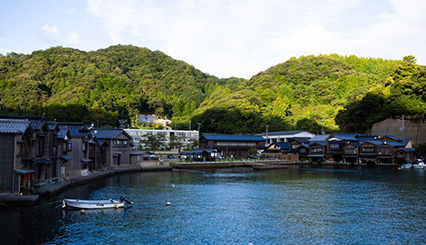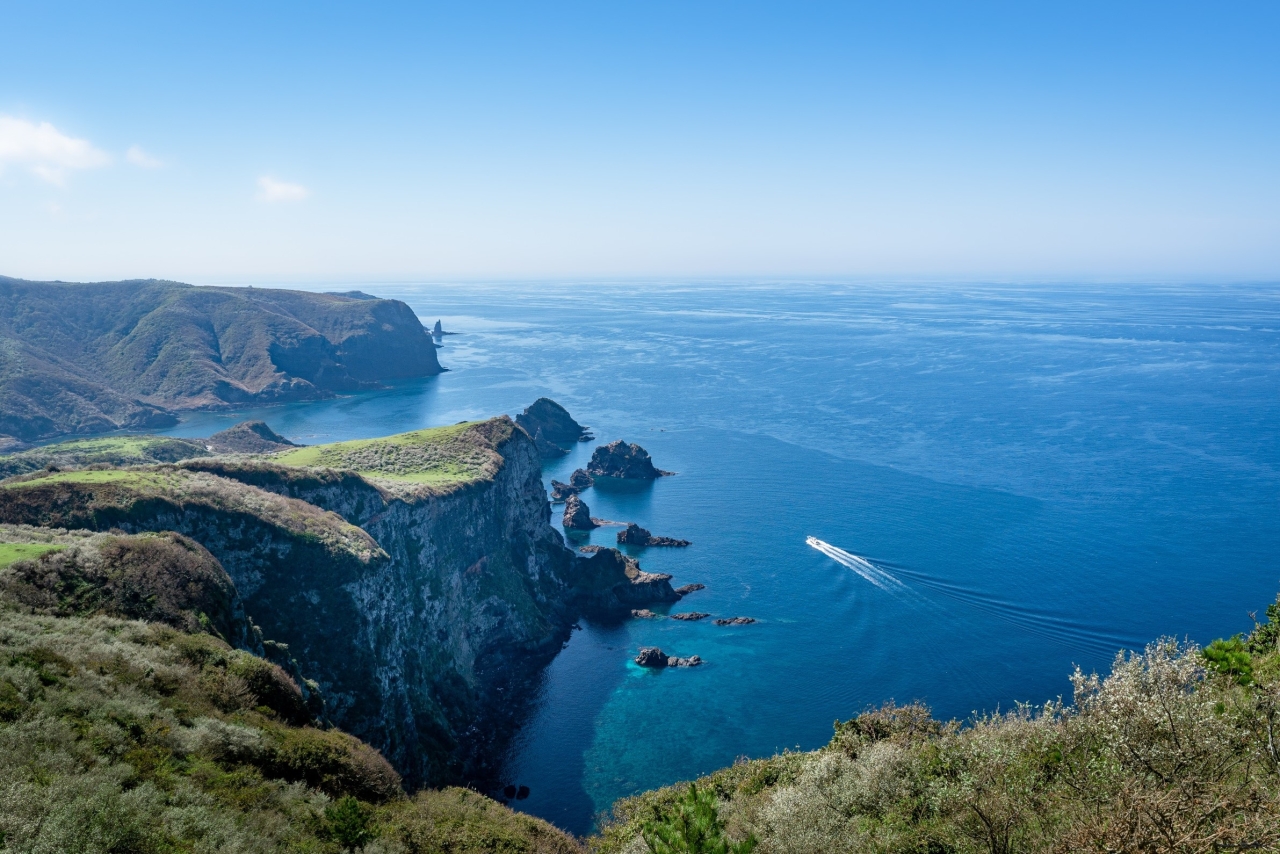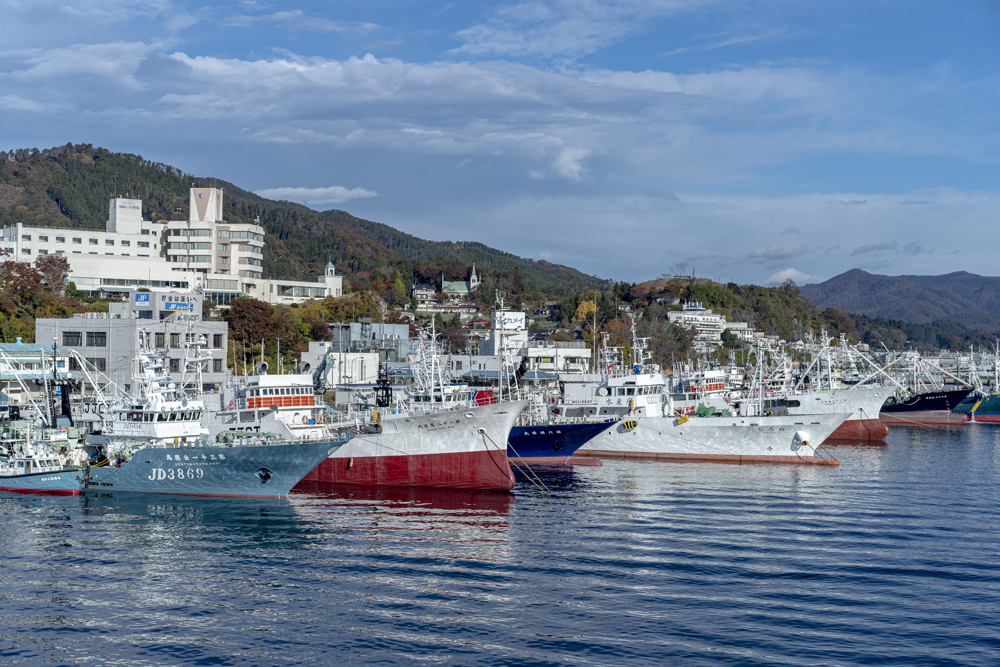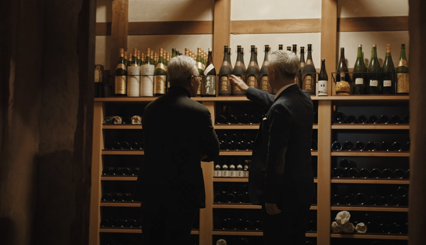CASE STUDY
Search by area
Search by keyword
- All
- Ryotei & Restaurants
- Lodging/Hotels
- Producers
- Technology
- DX (Digital) & SNS
- City Planning
- Utilization
- Gastronomy and Culinary
- Japanese Nature
- Japanese history and traditional culture
- Japanese Food Culture
- Agriculture
- Fisheries
- SDGs
- Local production for local consumption
- Foreigner Activation
- Experience
- Overseas Expansion
- Fermentation
- Public-private partnerships and collaborations
- Sake
- Community Revitalization
- Spirituality
- Japan of the Sea
- Mountain Japan
VIEW ALL
-
Chugoku
19 Finding Value in What Is Available The Fascinating Nature, People, History, and Food Culture of the Oki Islands
The Oki Islands are located 40–80 km north of the Shimane Peninsula. The Oki Islands consists of 180 islands of various sizes, four of which are inhabited, and blessed with abundant nature. These nature-rich remote islands have long been a place for interaction between people and culture. Historically, there were well-known as the place where Retired Emperor Go-Toba and Emperor Go-Daigo were banished, while the islands also flourished as a stopover for ships sailing the Sea of Japan during the Edo period. The rich and diverse cultures that have developed throughout this long history has been carried on to the present day. Fascinated by the charming way of life, many people have also moved to the Oki Islands. Records of the Oki Islands appear as far back as in the Kojiki, or Chronicles of Japan. Looking back on this history, today these migrants are working to create a new future for the islands. As remote islands, there are some things that are “missing” from the islands. However, people here have realized what “exists” only on these remote islands.
Read more -
Kesennuma City in Miyagi Prefecture is surrounded by sea and mountain, and its port has landed the largest volume of katsuo, or bonito, in Japan for 25 consecutive years. During the 2011 Tohoku earthquake, however, the area in and around the city suffered huge damage. Now, Kesennuma is transforming into an attractive city with new ambition. With the worldwide support,the development is thanks to locals who rediscovered their city’s attractions and developed a strong desire to the reconstruction, and new individuals from outside who sympathized with the city’s passions. Today, both born and bred locals and supporters from outside the city are working together to create an integrated regional model. Welcoming outsiders with open arms and respecting diversity—speaking to those engaged in the creation of a new Kesennuma has helped to shine a light on the strategies and ideas involved.
Read more -

Kinki
14 Lifestyles in Close Proximity to the Sea.An Area that Brings Together Sustainable Development and Unique Attractions—Ine Town
Ine Town, located in the northern part of Kyoto Prefecture, is known for its funaya, or wooden boathouses. One of the most scenic spots in Japan, the town is frequently used as a filming location for movies and TV dramas. Visitors to Ine Town can experience what it is like to live closer to the sea than anywhere else in Japan. The sea and the fish within it could not be any closer. What is the best way to communicate the unique charms of Ine Town to the wider world? Today, the ideas of Ine locals are gradually taking shape. Be it initiatives to promote the area’s unique seasonal delights, including early summer oysters, autumn squid, and winter yellowtail; accommodation limited to one group per day where guests can fully enjoy being right next to the sea; or new tourism projects to further vitalize the town. Locals are steadily making progress toward the future while balancing the history and nature of Ine Town with entirely new elements.
Read more -
“If we let ourselves be too restricted by the perceived value of traditions worth preserving, we will be unable to move forward, and we will remain stagnant,” says Ryuichiro Masuda, the fifth head of Masuda Sake Brewery in Toyama Prefecture. Masuda is also a collaborator in the groundbreaking IWA sake project founded by Richard Geoffroy, who served as the fifth chef de cave (cellar master) of Dom Pérignon. Sake has a history of over a thousand years, but Masuda believes that the industry suffers from “a lack of branding power and strategy.” His business philosophy of “Do what needs to be done right now” has guided his efforts in big projects now coming to fruition: the IWA project, which is breathing a fresh sense of value into sake, and a town revival project to attract artists, breweries, and exciting new shops to the beautiful old neighborhood of Iwase, where he grew up, in the city of Toyama.
Read more
記事検索
キーワードから探す
- すべて
- Ryotei & Restaurants
- Lodging/Hotels
- Producers
- Technology
- DX (Digital) & SNS
- City Planning
- Utilization
- Gastronomy and Culinary
- Japanese Nature
- Japanese history and traditional culture
- Japanese Food Culture
- Agriculture
- Fisheries
- SDGs
- Local production for local consumption
- Foreigner Activation
- Experience
- Overseas Expansion
- Fermentation
- Public-private partnerships and collaborations
- Sake
- Community Revitalization
- Spirituality
- Japan of the Sea
- Mountain Japan
VIEW ALL





